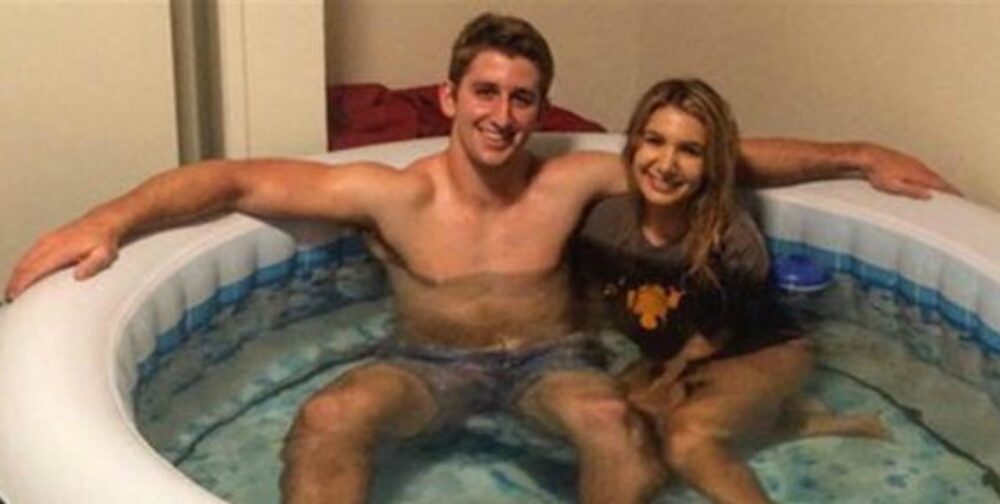As detailed in my last post, I was intrigued by Mel Kiper’s pre-draft comment that running backs such as Todd Gurley and Mel Gordon should be avoided in the first round even though they were top prospects. In response, I reviewed previous drafts from 1977-2007 to evaluate top ten draft picks by position. In this post, I evaluate draft picks on the defensive side of the ball to determine which positions are the most worthwhile. As a quick summary:
Defensive Linemen: 5% are complete busts / 45% make at least one Pro Bowl / 20% are truly game changers;
Defensive Backs: 10% are complete busts / 60% make at least one Pro Bowl / 15% are truly game changers; and
Linebackers: 5% are complete busts / 50% make at least one Pro Bowl / 15% are truly game changers.
Based on these numbers, it appears that defensive linemen offer the best risk/return profile with the lowest percentage of busts and highest percentage of game changers. With respect to defensive backs vs. linebackers, the decision is less clear with DBs having more upside and more downside.











0